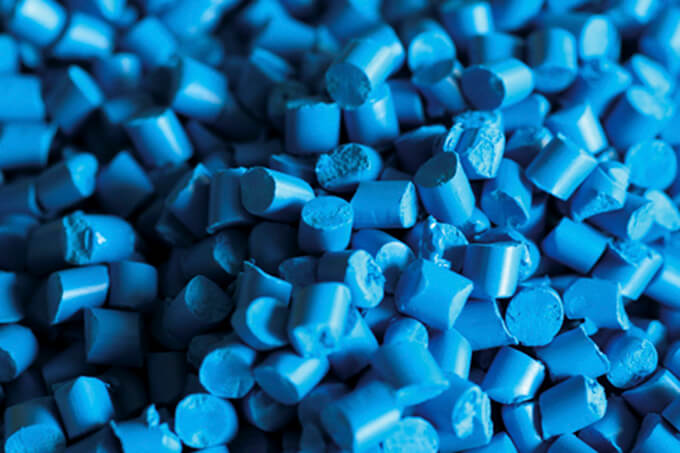Fine plastic particles with sizes of several μm to about 5 mm are called microplastics (MPs), and their effect on pollution and ecosystems in marine environments is a serious concern. It has been pointed out that bioaccumulation may occur by a process of adsorption of harmful substances on MPs, and ingestion of those MPs by marine organisms in marine environments. Due to that, many surveys of the actual condition of MPs and evaluation of their toxicity are being conducted.
As analytical instruments, the Fourier transform infrared spectrometer (FTIR) is used in qualitative analysis of comparatively large MPs, while the FTIR microscope employing an infrared microscope is mainly used for fine MPs which cannot be analyzed by the attenuated total reflectance (ATR) method of FTIR. The FTIR microscope enables highly sensitive analysis of fine MPs with a size of approximately 10 μm. However, in cases where it is difficult to distinguish the MPs containing multiple types of fine particles, it has been reported that the pyrolysis gas chromatography/mass spectrometry (Py-GC/MS) method is effective.
Using Py-GC/MS method, qualitative analysis of individual polymers contained in mixed samples is possible by highly sensitive detection of the distinctive pyrolysis products of each polymer. This article reports the results of a qualitative analysis of a sample, prepared by mixing multiple polymers to simulate MPs, using Py-GC/MS method.






